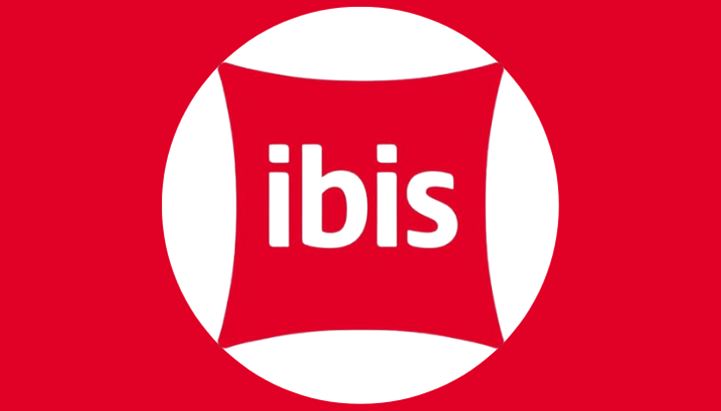Fiverr made a big change, the company will be switching to a “AI-first” operating model and will lay off about 250 workers, or about 30% of its staff. People are saying that the move is meant to reduce the number of managers, speed up decisions, and rebuild the market with AI at its core. But for freelancers, clients, and brand teams, the effects go far beyond staff.
You can use the following strategic, marketer-led analysis as your own piece: what happened, why it matters, and the smart, useful things freelancers, platforms, and buyers can do to fix things.
What the numbers tell us, context and pressure
The company’s income is still going up. In 2024, it made about $391 million, and in the 12 months before that, it made about $419 million. This is good growth, but it’s still not enough to beat the competition in this market. People who are actively buying have reached a peak (around the low millions), and the company needs to find new ways to increase acquisitions and profits. For leadership, the numbers (growth vs. Cost of human layers) pushed an AI bet that was too risky.
What “AI-first” likely means (product & ops)
Internal processes are being automates. More AI is likely to be used in areas like customer service, fraud spotting, onboarding, and quality checks, where automation already makes things easier.
Smart looking for and matching. AI can improve matches between sellers and buyers, price gigs on the fly, and offer scope and add-ons on its own. That makes the market work better and slightly lowers the need for human oversight.
AI tools to help sellers. Fiverr could group together AI helpers that write copy, make drafts, or design assets. This would speed up delivery but make it harder for experienced gigs to compete.
For freelancers: threat and opportunity
This change creates a paradoxical playbook:
Threat: As AI makes credible outputs faster and cheaper, simple, repeatable gigs like logo templates, one-line writing, and generic voiceovers will become less popular. Platforms that make it easy to create gigs may lower the need for people with low skills to work.
Opportunity: People who offer both human and AI services, like clear artistic direction, cultural nuance, strategic thinking, project management, and custom craft, will be able to charge more. It will become more important to interpret, curate, and solve complicates problems that to carry out tasks.
Actionable tips for freelancers: shift your focus to results rather than outputs, record your one-of-a-kind procedure, demonstrate the proposal’s effect on the company, and promote the human abilities that AI cannot imitate, such as cultural understanding, stakeholder management, and ethical decision-making.
For brands and buyers: what to watch
Brands should not assume “cheaper=better.” AI can help with speed and scale, but brand risk goes up when we count on it for sensitive briefs, content that needs to follow rules, or creative that has a lot at stake. Due diligence is important:
Make sure that everyone knows when AI is being used in outputs.
For artistic and legal checks, make sure that a person signs off on them.
Test outputs that comes from both AI and humans, and don’t just look at cost saves. Also, track results like conversion, trust, and brand lift.
Strategic risks for Fiverr
Trust erosion: If AI reduces earnings without clear pathways to upskilling, a platform that relies on human ingenuity runs the danger of losing its core sellers. When great talent leaves, supply could suffer as a result of the reaction.
Perception vs. Reality: If you talk about the change as “leaner and faster,” you need to make sure that the new products help both buyers and sellers. If you don’t, the move will look like it’s just cutting costs without being innovative.
How Fiverr should play this as a brand & product leader (recommendations)
Share a plan for the seller to move on. Give sellers who use Fiverr’s AI tools rewards, training, and ways to share in the profits. Clearly show the way from “at-risk” gig to “AI-augmented premium offering.”
Make badges that say “human verified.” Make clear signs of human skill and quality for high-end services, and let buyers choose between work dine by humans and work done with AI.
Track results and talk about them. Pit put case studies that show how combining AI and human processes improved speed, conversion, and more than just cost per gig.
Keep the site fair. Make disclosure rules for AI-generated material (to handle IP and trust issues) and change fees and incentives so that the best people can still make money.
A Broader Industry Note
Fiverr’s move is part of a larger trend in which many technology companies are restructuring around AI. This moment will hasten the gig market’s transition from raw labour marketplaces to hybrid ecosystems in which tools, communities, and platforms all contribute value. For marketers, the lesson is clear: productize the human advantage, cultural knowledge, context, ethical judgement, and storytelling, because these are the skills that AI enhances rather than replaces.
Bottom Line (for freelancers, buyers, and platform teams)
Whoever rides the next wave of value will be the one to benefit most from Fiverr’s 30% cut and AI pivot, regardless of how many people work there now. Earning more experience is essential for freelancers. Brands should insist on openness and human supervision. The sustainability of talent must be considered alongside automation on platforms. The potential for AI to revolutionize speed, scalability, and quality is immense. If it is not executed well, confidence, the one currency that every market requires, will be eroded.
REGISTER FOR MARKETING EDGE STAKEHOLDERS SUMMIT









Comment
No comments found.